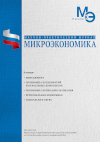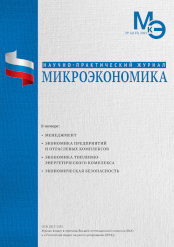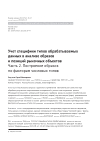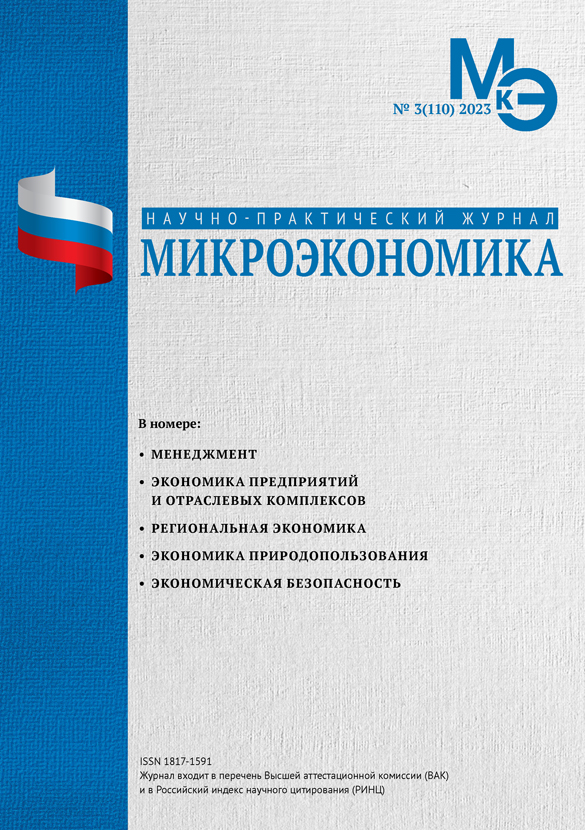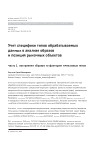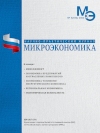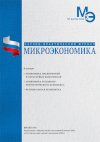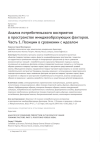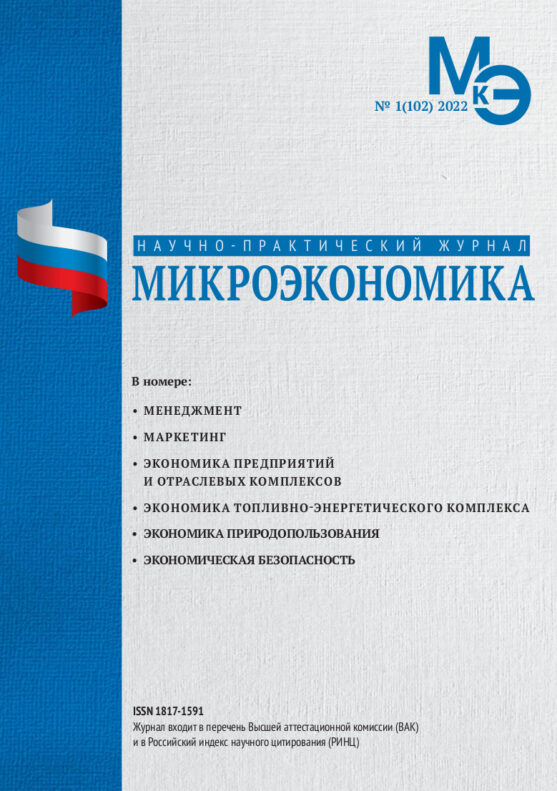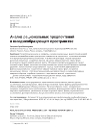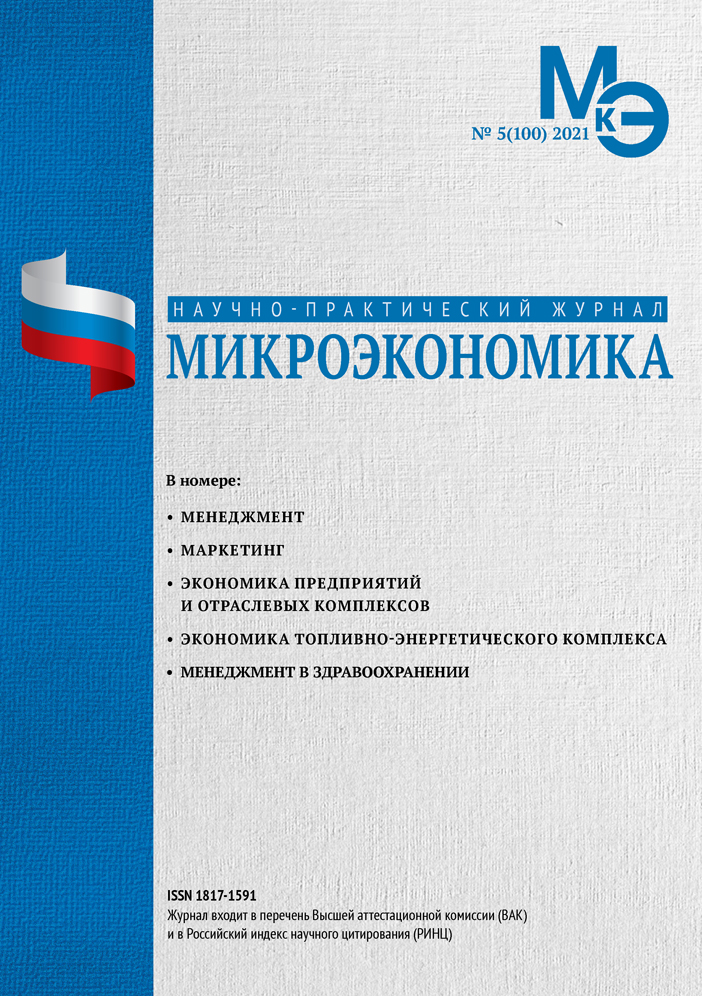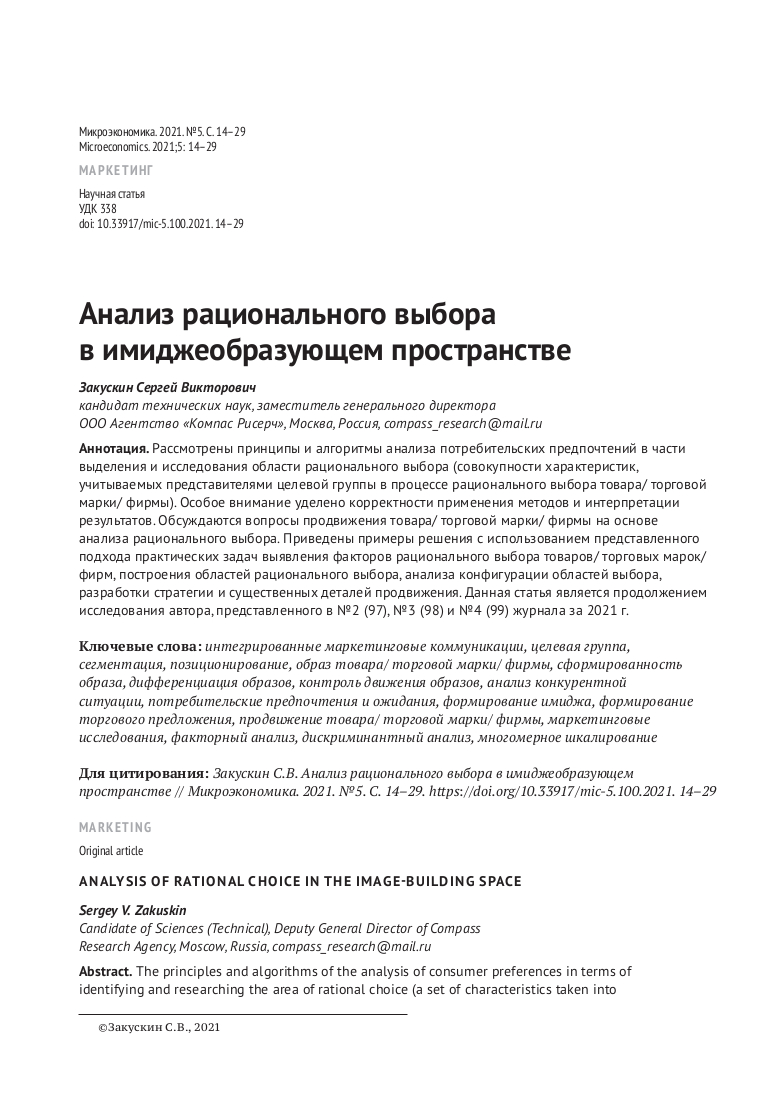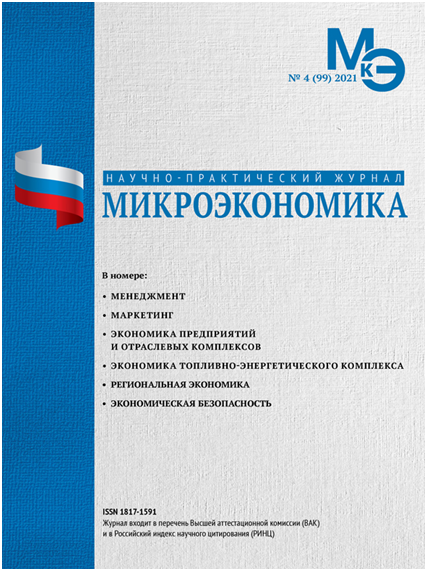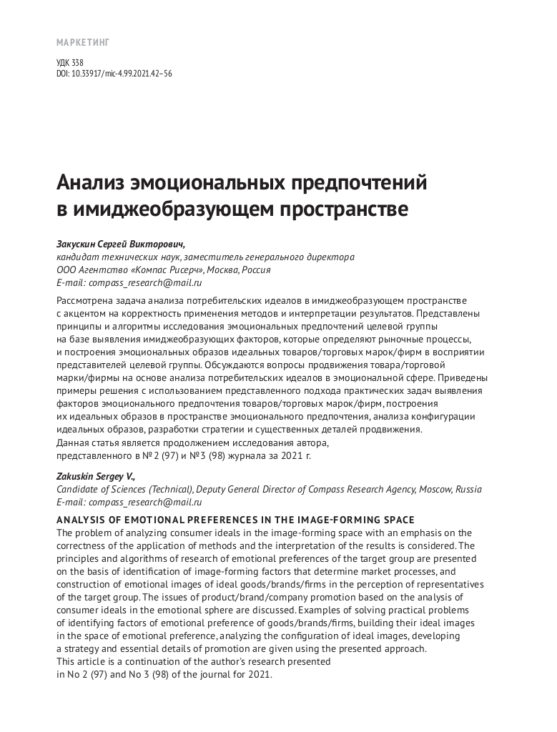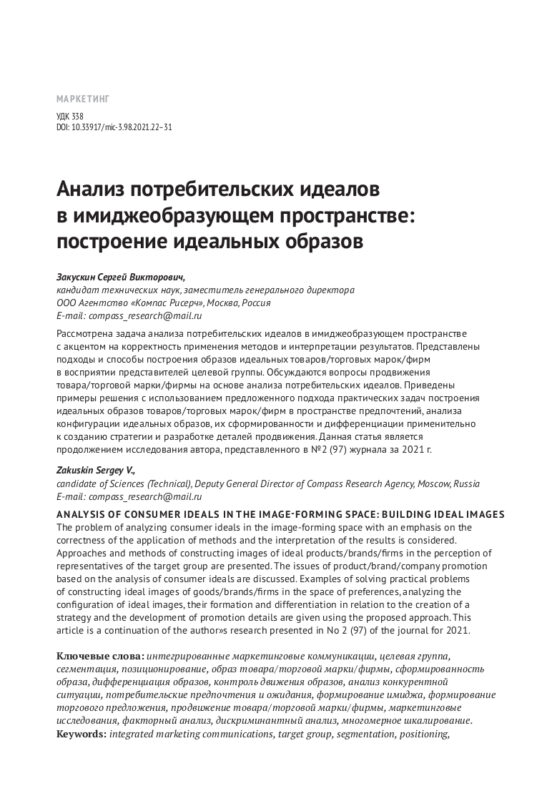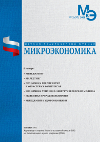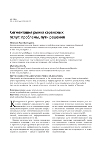Industry aspects of pricing, segmentation and competition in the Russian market of digital VoD services
DOI: 10.33917/mic-1.114.2024.55-67
This article examines the sectoral aspects of pricing, segmentation and competition in the Russian market of digital VoD services in modern socio-economic conditions. Various pricing models (video monetization) are considered in order to create a successful video business based on loyal viewers based on three main formats: SVoD, TVoD and AVoD. It is shown that the Russian streaming platform market has been gaining popularity in recent years and grew by 44% in 2023 compared to 2022 year.
The Russian online platforms that produce or plan to produce their own video content and those who have not yet started filming, but have expressed a desire to produce their own content, are analyzed. The partnerships of online cinemas with ecosystems, telecom operators and other service companies are considered.
It is shown that over the past year and a half, Russia has demonstrated a serious breakthrough in creating an alternative to the most popular Western video hosting. Rutube has already begun to support a load of 50 million people and has successfully survived a number of digital platform upgrades.
References:
1. Antonova V.G., Eliseeva Yu.A. OTT video services market in Russia: current state and development prospects. St. Petersburg Economic Journal. 2022;1-2:61-66. (In Russ.).
2. Asadullina A.V., Novikova M.Yu. Features of the development of digital streaming services in the world. In the book: Sixth International Conference “Business Management in the Digital Economy”. Collection of abstracts of speeches. Under the general editorship of I.A. Arenkova and M.K. Tsenzharik. St. Petersburg, 2023. pp. 112-118. (In Russ.).
3. Belousov G.D. Managing movie streaming platforms during the coronavirus period. Innovation and investment. 2020;10:141-145. (In Russ.).
4. Vatolkina N.Sh., Smirnova K.V. Comparative analysis of consumer value propositions in the OTT services market. Technical and technological problems of the service. 2020;2(52):89-94. (In Russ.).
5. Voloshkina D.S. Streaming services: essence and specifics. In the collection: Journalism, mass communications and media: the view of young researchers. Belgorod, 2021. pp. 79-83. (In Russ.).
6. Dubiv M.V. Television viewing in the context of digitalization of the media landscape. In the collection: Week of Science and Creativity – 2020. Materials of the International Scientific and Practical Forum of Students, Postgraduate Students and Young Scientists. St. Petersburg, 2020. pp. 100-104. (In Russ.).
7. Efimov I.P., Efimov P.P., Ryndina S.V. Business processes for managing digital platforms for viewing video content. Bulletin of Penza State University. 2022;1(37):61-66. (In Russ.).
8. Ivanova N.I., Kranina Z.V. Russian market of online video services: current state and prospects. Innovation. The science. Education. 2021;37:230-235. (In Russ.).
9. Krivoshapkina Ya.V. Trends in the development of advertising media. In the collection: Modern trends and problems of science in the development of digital and innovative technologies. Krasnodar, 2023. pp. 252-258. (In Russ.).


